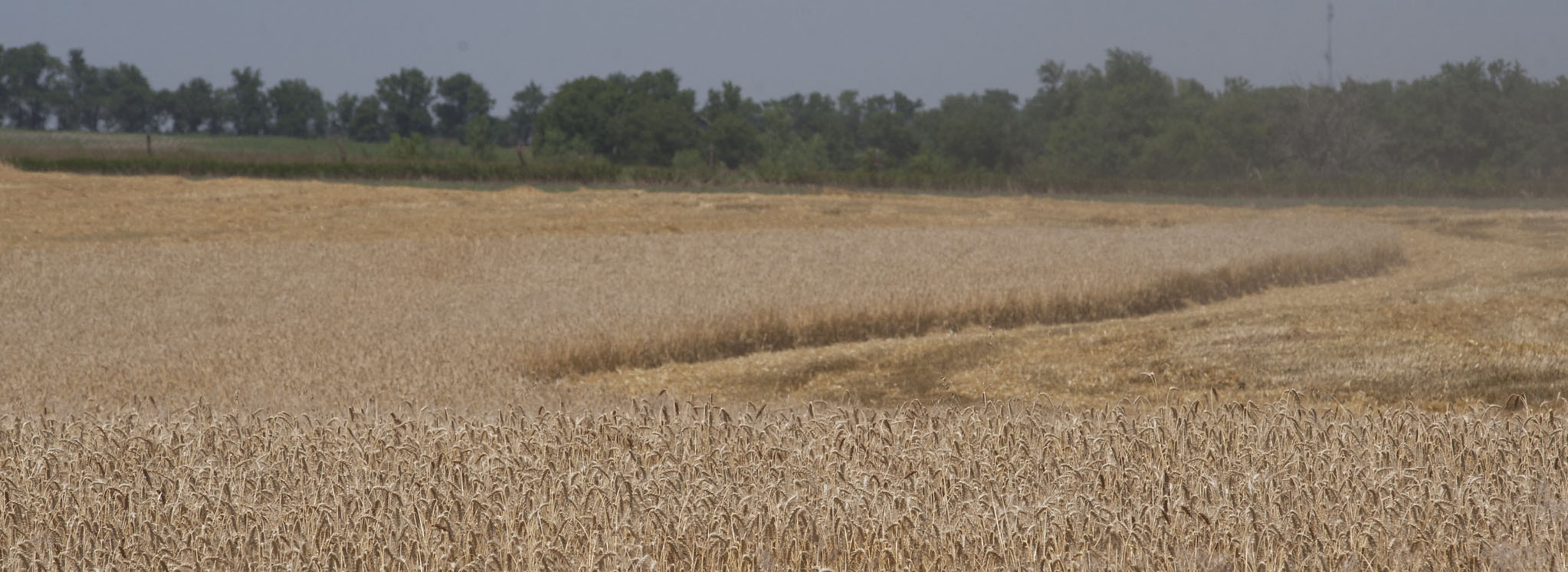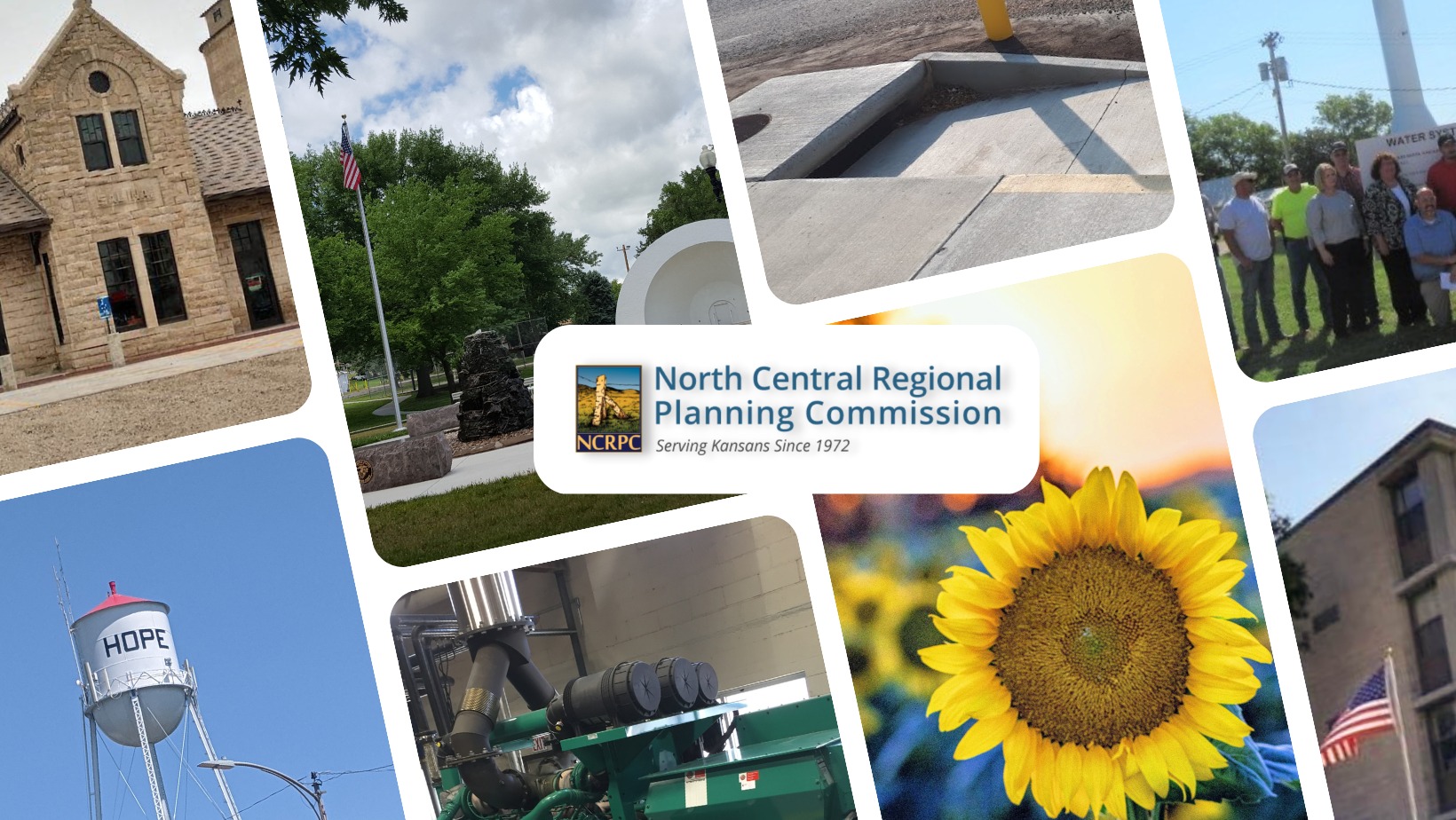Kansas State University agronomists have reached into the powerful world of digital technology to make more than four decades worth of crop information almost instantly available to farmers via their phone or home computer.
The project, says cropping systems agronomist Ignacio Ciampitti, means that yields and other information may now be available in easy-to-understand formats within hours of university researchers harvesting crops from Kansas fields.
“Farmers make decisions about what (crop) hybrids to plant next year during or right after this year’s harvest,” Ciampitti said. “The problem we’ve had in the past is that when K-State’s researchers conduct crop performance tests, the printed publications have not been made available for two or three months.”
“We need to transform the way that we share data. We need a more dynamic approach where that information is available immediately, is easier (for farmers) to digest and is more visual.”
Ciampitti said the university has created a website called Analysis and Visualization of Crop Yield Trials – or AVYield – that will pack 40 years of K-State crop performance tests and other information into easy-to-read formats for farmers.
The site is located at https://www.avyield.com.
“Farmers don’t want to see an Excel (spreadsheet) file,” Ciampitti said. “Farmers want to know which hybrid yields the most in their area. They want to see the numbers and make a decision that’s best for them.”
Jane Lingenfelser, an assistant agronomist and coordinator of the university’s crop performance tests each year, said she routinely “preaches” to producers to research as many data sources as possible when making decisions on crop varieties to plant.
“But we haven’t provided the tools for them to fully do that,” she said. “Until now.”
“There’s no cost or risk to researching all production options,” Lingenfelser said. “Using this new tool, it’s very easy to switch between crops in a specific growing location, so it is possible to immediately see how canola, for example, performed overall, and which canola hybrid performed the best in south central Kansas, without devoting the land or expense to a new enterprise.”
Lingenfelser said K-State’s database makes more than 40 years of data available for most crops – including canola, corn, sorghum, soybean, sunflower and wheat. With a few on-screen clicks, farmers can find information based on variety; rainfed versus irrigated production; and geographic location within the state.
“It might be one of the most comprehensive overviews of production agriculture in any state, and it is available at no cost to producers and researchers,” Lingenfelser said.
“It can serve as a resource for such ‘big picture’ issues as water and irrigation rights, climate trends, agriculture insurance policies, development and degradation of disease and insect resistance traits, and more. At the same time, it’s more timely and still the unbiased information that K-State has provided for counties across the state.”
K-State canola breeder Mike Stamm also has made available results of the National Winter Canola Variety trials, which his program coordinates at 30 locations in the United States. The collection dates back to the mid-1990s, he said.
“We live in an information-rich society, and we are used to having the information immediately available,” Stamm said. “Sometimes, some of the most important work we do is not readily available because it takes time to analyze, write, review and publish. We still need to publish our results, to show progress in our programs…but easier and more immediate access to the results will drive impact on our farms.”
Kansas Corn provided funding to build AVYield, which was introduced in late September during Celebrate Ag Day at K-State’s home football game against Oklahoma State.
“We are one of the first groups in the country to introduce these types of tools,” Ciampitti said. “The beauty of it is that much of the research information we are producing related to crop production doesn’t take too long to get to farmers. Now, they can make their final decisions on planting crops based on information and visualization coming from this tool.”



